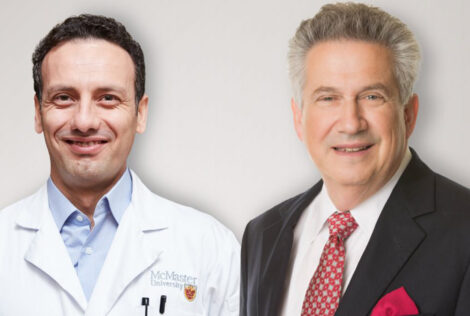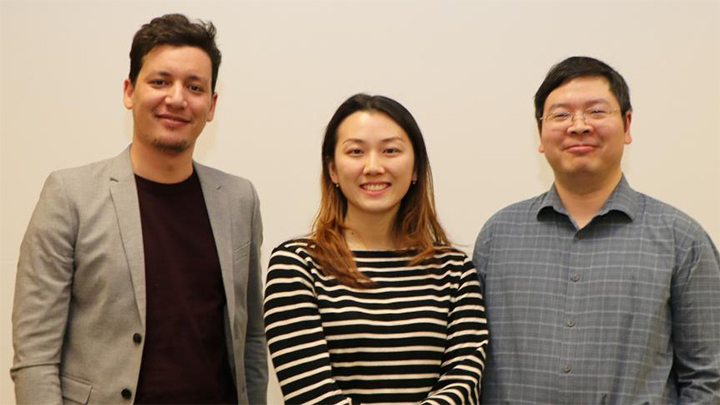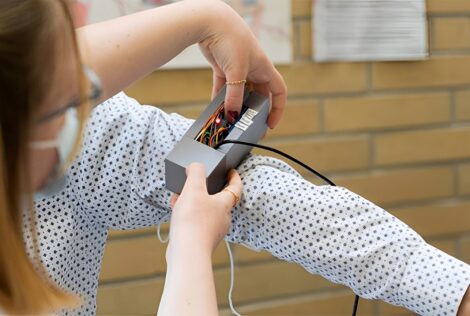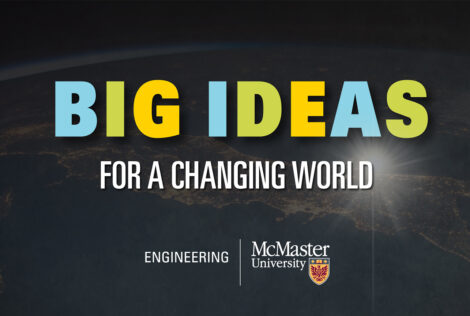

Wounds take time to heal regardless of how they occurred, be it from chronic diseases, burns, workplace injuries or traffic accidents. While healing, patients may consult several clinicians who all need to piece together their progress and make professional assessments based on the information available to them.
St. Joseph’s Healthcare Hamilton (SJHH) asked the W Booth School to help improve the quality of data they work with. The goal is to empower patients with their own data to track their healing progress and know when to reach out to their doctor for support.
“Patients we support may have various types of wounds, and they have multiple clinicians assessing them as they heal. A tool that helps us objectively quantify the characteristics of wounds while providing the clinical team with quality information to make better assessments could be a powerful tool in our kit,” says Dr. Michael Walsh, a nephrology specialist at SJHH.

Iris Wang, a student pursuing her master’s in manufacturing engineering, is working on the project with the technical leadership of Wael Brahim, an instructor with the W Booth School, and Zhen Gao, the project’s faculty lead.
“The purpose of this tool is to help the clinician by analyzing qualities of the wound through computer vision,” says Brahim. “The clinician can quickly get crucial information about the healing progress and use their professional judgement to assess the patients needs.”
Brahim and Gao explain that the project has three components. The first is a mobile app used to capture an image of the injury and upload it to the server and allow patients to follow their healing progress. The second component resides on the server, using an image processing library it quantifies certain characteristics of wounds like colour, size and depth. The third is a web-based interface where every clinician supporting the patient can access the same data and monitor the patient’s healing progress over time.
SJHH also recognizes other benefits from this project. For example, nurses typically quantify wounds using measuring tapes. Minimizing direct contact with patients using image analysis reduces risks of contracting other complications that come with more time spent in the clinic. It will also offer an improved image database used by doctors to review and compare data with other similar cases.
“This project involves a number of different programming languages, along with different hardware and software platforms, it’s a very challenging project for students to take on,” says Brahim.
Wang says she enjoys the challenge. She completed her undergraduate degree in Biomedical Engineering at McMaster in spring 2019 and began her master’s degree immediately after in September. Her goal is to help bridge the gap between technology and healthcare.
“Before starting this project I had never built a process pipeline quite like this, for example where app connects to a machine learning platform which then connects to a website,” she says.
“With support from the team, and the courses offered by W Booth in the master’s program, I’ve learned a lot in a very short amount of time about software development and designing a platform to suit the needs of both patients and healthcare providers.”
“I’m very excited to see how results for both patients and clinicians can be improved using smart technology like this, I’m pleased with the progress of this project so far,” says Gao.
Leadership at SJHH has been supportive of the project, and it shows in their commitment to providing feedback and information the team needs to maintain momentum, adds Walsh.
“I’m extremely interested in the process and the outcomes of the project,” says Walsh, “I’m also impressed by hospital leadership’s dedication to fostering deeper collaboration and creative solutions like this one.”
Students completing programs through the W Booth School of Engineering Practice and Technology gain real-world experience and professional connections while creating value in society and industry through this approach to practice-based engineering and technical education. Students interested in projects like this, should consider the new MEng in Systems & Technology program.


